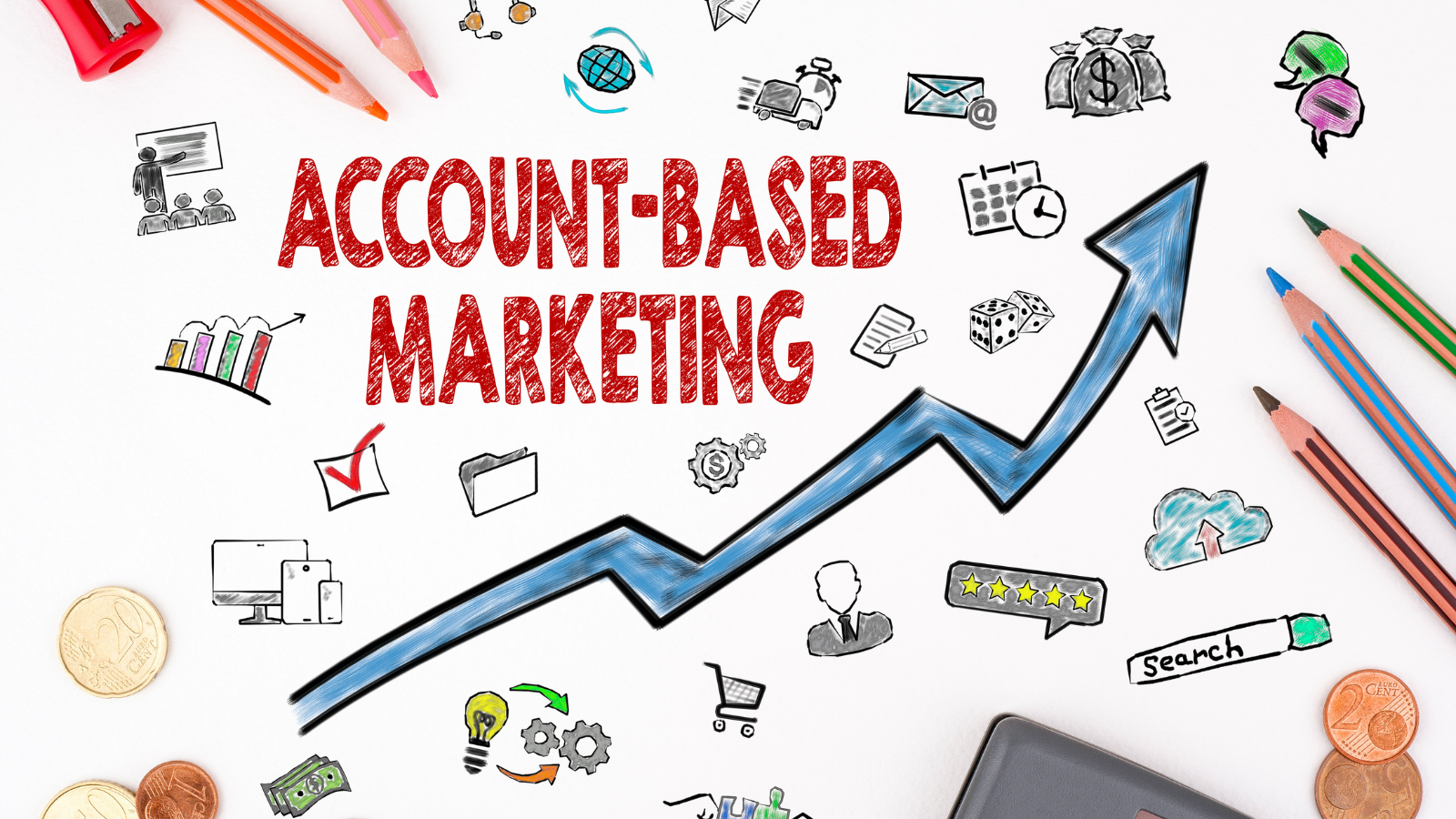In ABM, attribution isn’t just about credit—it’s a key part of your strategy for understanding the journey an account takes. You can trace how someone discovered your brand, what sparked interest, and which actions helped build internal support.
For example, a webinar might attract a director. That director shares a case study with a VP, followed by a personalized demo that seals the deal. Attribution helps surface these patterns so you know what’s working—and where to invest more.
This visibility also improves alignment between marketing and sales. When both teams share data on account activity, they can coordinate better on outreach and timing.
Why Attribution Matters in ABM
Attribution helps marketers understand which touchpoints—ads, emails, events, content, and more—move an account from interest to opportunity to deal. This is especially important in ABM, where buying decisions involve multiple people. Different team members engage with different content at different stages.
Without attribution, it’s difficult to see which efforts are driving engagement or influencing the pipeline. With it, you can connect your tactics to real business outcomes by mapping the full customer journey.
Mapping the Buyer Journey
In ABM, attribution isn’t just about credit—it’s a strategic tool for understanding the journey an account takes. You can trace how someone discovered your brand, what sparked interest, and which actions helped build internal support.
For example, a webinar might attract a director. That director shares a case study with a VP, followed by a personalized demo that seals the deal. Attribution surfaces these patterns so you can refine your strategy, double down on what’s working, and allocate resources more effectively.
This level of visibility also strengthens alignment between marketing and sales. When both teams share data on account activity, they can coordinate strategically on outreach, messaging, and timing.
Improving Campaign Performance
ABM campaigns are often time-consuming and expensive. Marketers need to know what’s effective. Attribution reveals what’s resonating and what’s not. If emails outperform social ads, or webinars consistently drive deals while blogs fall flat, attribution gives you the clarity to pivot.
It also improves personalization. If financial decision-makers prefer ROI-driven content, and IT teams engage more with technical material, you can tailor messages more effectively at each stage.
Over time, attribution becomes a valuable feedback loop. It helps teams learn, adapt, and get more value from every account interaction.
Choosing the Right Attribution Model
Attribution models vary in complexity. Simpler models like first-touch or last-touch are easy to use but often overlook the full journey. They give credit to a single touchpoint in a longer, multi-step process.
More advanced models—such as multi-touch or algorithmic—are better suited for ABM. They evaluate every interaction and weigh its impact. For example, a demo might close the deal, but an earlier ebook could have sparked internal support.
Choose a model that matches your buying cycle. Integrate it with your CRM and ABM platforms to ensure insights are timely, accurate, and actionable.
Attribution as a Strategic ABM Enabler
Attribution is more than a measurement tool—it’s a strategic asset. It validates the work marketing does to engage key accounts and guides continuous improvement. It also brings teams together around shared data, ensuring everyone works toward the same goals.
In ABM, where engagement is personalized and sales cycles are long, deeper insights are essential. Attribution delivers that clarity, helping prove ROI, justify spend, and shape better campaigns.
As ABM evolves, so must your approach to measurement. Attribution bridges strategy and outcomes by showing how each tactic influences the buyer journey. Whether you’re launching ABM or refining a mature program, the right attribution model can drive smarter decisions, stronger performance, and greater revenue from your most valuable accounts.
Ready to put attribution to work? Book a demo today and see how data-driven insights can elevate your ABM strategy.

